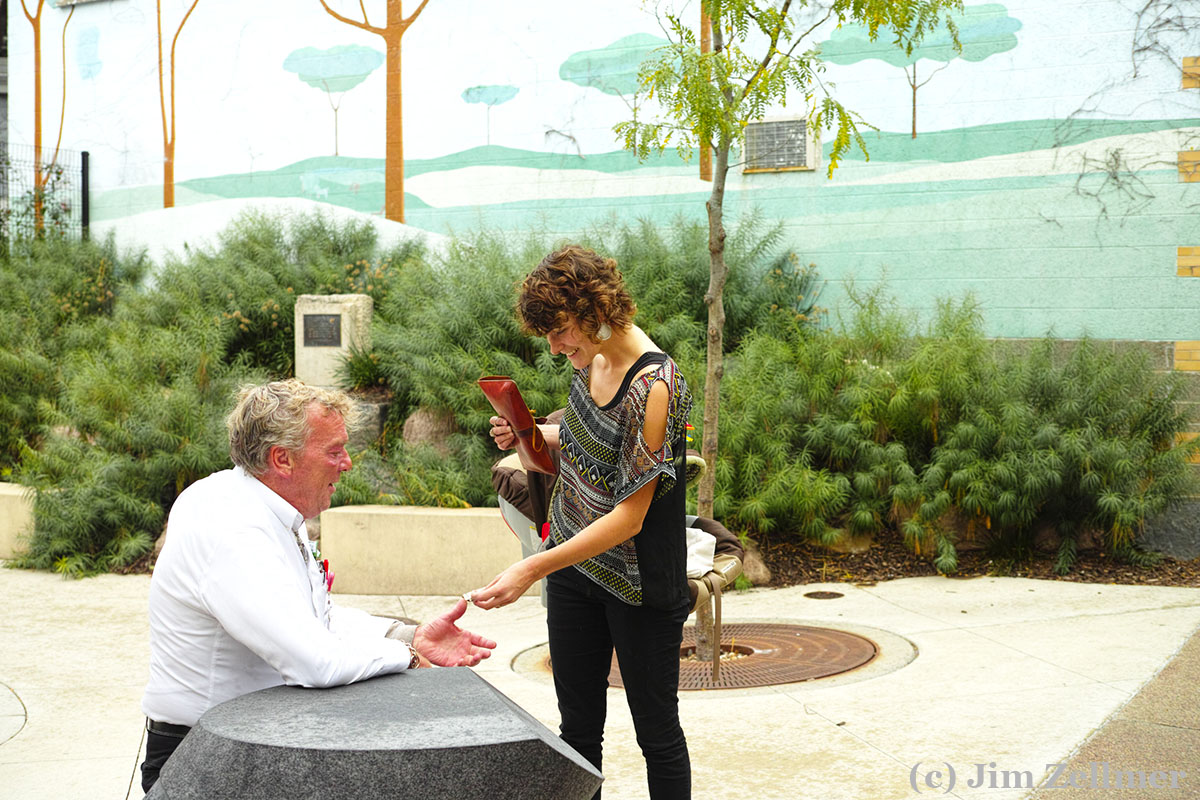Probably most people would agree that the people paid by the U.S. government to regulate Wall Street have had their difficulties. Most people would probably also agree on two reasons those difficulties seem only to be growing: an ever-more complex financial system that regulators must have explained to them by the financiers who create it, and the ever-more common practice among regulators of leaving their government jobs for much higher paying jobs at the very banks they were once meant to regulate. Wall Street’s regulators are people who are paid by Wall Street to accept Wall Street’s explanations of itself, and who have little ability to defend themselves from those explanations.
Our financial regulatory system is obviously dysfunctional. But because the subject is so tedious, and the details so complicated, the public doesn’t pay it much attention.
That may very well change today, for today — Friday, Sept. 26 — the radio program “This American Life” will air a jaw-dropping story about Wall Street regulation, and the public will have no trouble at all understanding it.
The reporter, Jake Bernstein, has obtained 46 hours of tape recordings, made secretly by a Federal Reserve employee, of conversations within the Fed, and between the Fed and Goldman Sachs. The Ray Rice video for the financial sector has arrived.
iPhone 6 & Sports Photography
Last fall I posted several sports images taken with an iPhone 5s – using its burst mode. How does the iPhone 6 (unlocked) compare?
I captured a few images using the iPhone’s burst mode (10 frames per second) last evening in somewhat low light conditions, shot through a fence. Hardly ideal. Tap to view the original, digitally zoomed versions.
The iPhone 6’s auto-focus is much faster than the 5s. The images are original, other than downsizing the display images in Photoshop to 1200 pixels wide.
It will be interesting to try the iPhone 6 with the iPro lens and perhaps others.
A bit later in the evening before a recent dinner:
Optics make a difference 🙂
Canon’s new 7D mark ii supports 10 frames per second with a much larger sensor and a wide variety of optics. The camera body is $1799.00 plus the necessary lenses.
Links:
2013: iPhone 5s & Sports photography.
2014: iPhone 6 camera.
The iPhone 6s and traditional cameras. Thinking ahead…
Saturday Scenes
Pabst (!) on offer. [Wikipedia]
Cigarettes….
Iconic Memorial Union chairs.
Street photography in Madison, WI USA on a gorgeous Saturday. A few tilt-shift images that are worth a look.
“First Joke is Free”
The street comedian’s offer hits home on a beautiful Madison Saturday.
Oh, there’s a new Street Photography book that looks interesting.
Thou shalt be disrupted: welcome to the silicon church
Think of them as God’s back-office. Technology start-ups have spied an opportunity in helping Christian clergy manage their organisations – from using apps to harvest data about their parishioners, to administering assets such as cemeteries and church organs.
California-based Kaleo Apps offers a host of smartphone features to churches, including Facebook-like “prayer walls” and a service that lets churchgoers donate via SMS. The company says its tools have increased giving by up to 40 per cent.
“Churches have been managing themselves for thousands of years, but they’re being challenged on their story and their relevance,” says Klaus Nyengaard, chairman and investor in Danish start-up ChurchDesk. “They need to spend less time on administration and more time on the values they have and preaching the Gospel.”
Mr Nyengaard, who was previously chief executive of London-based online food marketplace Just Eat, says priests are working harder than ever before to “sweat” underutilised assets and get local community groups through the door by offering space for events, creating an ever-greater need for efficient management.
The calculus of contagion In the battle against disease, the difference between a raging epidemic and a passing fever comes down to a single number
When Ronald Ross tipped over the water tank outside his bungalow in Bangalore, it began a lifelong battle against mosquitoes. It was 1883 and Ross, only two years out of medical school, was the British Army’s new garrison surgeon. Overall, he was happy with the posting – he considered the city, with its sun, gardens and villas, to be the best in southern India.
He was less enthusiastic about the mosquitoes. Having arrived to find his room filled with the sound of buzzing wings, he decided to hunt down and destroy their breeding ground in pools of stagnant tank water. The ploy worked: as he drained the tanks, mosquito numbers fell
A Glorious Sunset

Door County, WI September 2014
A wonderful La Brioche Lunch on the Day of the Lord
The Slow, Inevitable Death Of Cable TV
I have long predicted the demise of cable TV (the dumb pipe). With services like Netflix, Amazon Instant, Google Play and more there is absolutely no reason to view content on someone else’s timetable.
It’s also arrogant of anyone to think their content is so important or special users should have to watch at a specific time on a specific device or screen. Timeshifting is the new default and content should be available on whatever device a user prefers. Not via some archaic set of arbitrary rules because someone “says so.” The technology exists so that control is in the hands of users.
More than that, cable providers have long provided awful customer service, ignored / lied to the market, held people hostage and clung to dated technology and trends that support their (ever-weakening already lost) grasp on content.
Innovations in payment technologies and the emergence of digital currencies
Robleh Ali, Roger Clews & James Southgate:
Modern electronic payment systems rely on trusted, central third parties to process payments securely. Recent developments have seen the creation of digital currencies like Bitcoin, which combine new currencies with decentralised payment systems.
Although the monetary aspects of digital currencies have attracted considerable attention, the distributed ledger underlying their payment systems is a significant innovation.
As with money held as bank deposits, most financial assets today exist as purely digital records. This opens up the possibility for distributed ledgers to transform the financial system more generally














